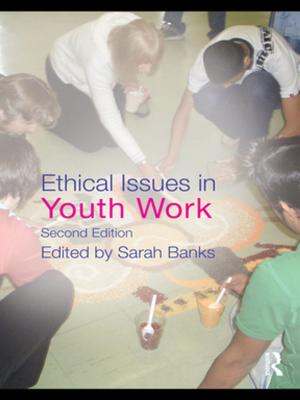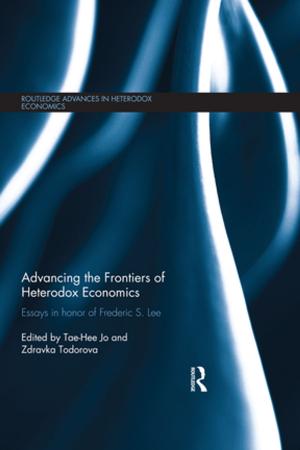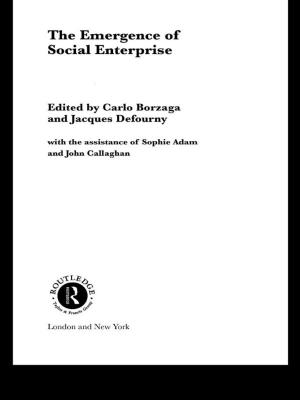The Maya and Their Central American Neighbors
Settlement Patterns, Architecture, Hieroglyphic Texts and Ceramics
Nonfiction, Social & Cultural Studies, Social Science, Archaeology| Author: | ISBN: | 9781317756071 | |
| Publisher: | Taylor and Francis | Publication: | April 16, 2014 |
| Imprint: | Routledge | Language: | English |
| Author: | |
| ISBN: | 9781317756071 |
| Publisher: | Taylor and Francis |
| Publication: | April 16, 2014 |
| Imprint: | Routledge |
| Language: | English |
The ancient Maya created one of the most studied and best-known civilizations of the Americas. Nevertheless, Maya civilization is often considered either within a vacuum, by sub-region and according to modern political borders, or with reference to the most important urban civilizations of central Mexico. Seldom if ever are the Maya and their Central American neighbors of El Salvador and Honduras considered together, despite the fact that they engaged in mutually beneficial trade, intermarried, and sometimes made war on each other. The Maya and Their Central American Neighbors seeks to fill this lacuna by presenting original research on the archaeology of the whole of the Maya area (from Yucatan to the Maya highlands of Guatemala), western Honduras, and El Salvador.
With a focus on settlement pattern analyses, architectural studies, and ceramic analyses, this ground breaking book provides a broad view of this important relationship allowing readers to understand ancient perceptions about the natural and built environment, the role of power, the construction of historical narrative, trade and exchange, multiethnic interaction in pluralistic frontier zones, the origins of settled agricultural life, and the nature of systemic collapse.
The ancient Maya created one of the most studied and best-known civilizations of the Americas. Nevertheless, Maya civilization is often considered either within a vacuum, by sub-region and according to modern political borders, or with reference to the most important urban civilizations of central Mexico. Seldom if ever are the Maya and their Central American neighbors of El Salvador and Honduras considered together, despite the fact that they engaged in mutually beneficial trade, intermarried, and sometimes made war on each other. The Maya and Their Central American Neighbors seeks to fill this lacuna by presenting original research on the archaeology of the whole of the Maya area (from Yucatan to the Maya highlands of Guatemala), western Honduras, and El Salvador.
With a focus on settlement pattern analyses, architectural studies, and ceramic analyses, this ground breaking book provides a broad view of this important relationship allowing readers to understand ancient perceptions about the natural and built environment, the role of power, the construction of historical narrative, trade and exchange, multiethnic interaction in pluralistic frontier zones, the origins of settled agricultural life, and the nature of systemic collapse.















